Tires are expensive to replace and repair, so effective tire storage is important. This guide will show you how to store tires to keep them from dry rotting or deteriorating.
Storing tires can be a frustrating task due to their size and the extra steps needed to keep them in good shape. However, you might not have a choice if you have a set of winter tires for your car. If you’re clueless of where to start, you’re not alone. Many of our storage customers don’t know how to store tires and come to use for advice.
It’s not uncommon to see tires stored outside without so much as a cover, but it’s likely these tires aren’t used on a road vehicle. If they are, their safety has been compromised in a major way. People also keep tires in garages that are exposed to big shifts in temperature. This solution is also not ideal.
Tires will degrade eventually, but there are things we can do to delay the process. Tires are sensitive to weather, sun, temperature, and time. The best way to store tires is in a dry, cool environment that will slow down the aging process. Keeping a fresh set of tires in the right conditions could add years to their life.
These tire storage tips will show you how to prevent dry rot and keep tires in excellent condition.
It’s important to remove any traces of asphalt, dirt, and brake dust from the tires before storing. However, not all soap and methods of cleaning are created equal. Products specifically marketed for cleaning tires might not be appropriate in this case. Check the label. Avoid cleaning products with petroleum and all tire dressings. These products can be corrosive if your tires will be out of service for a few months or more.
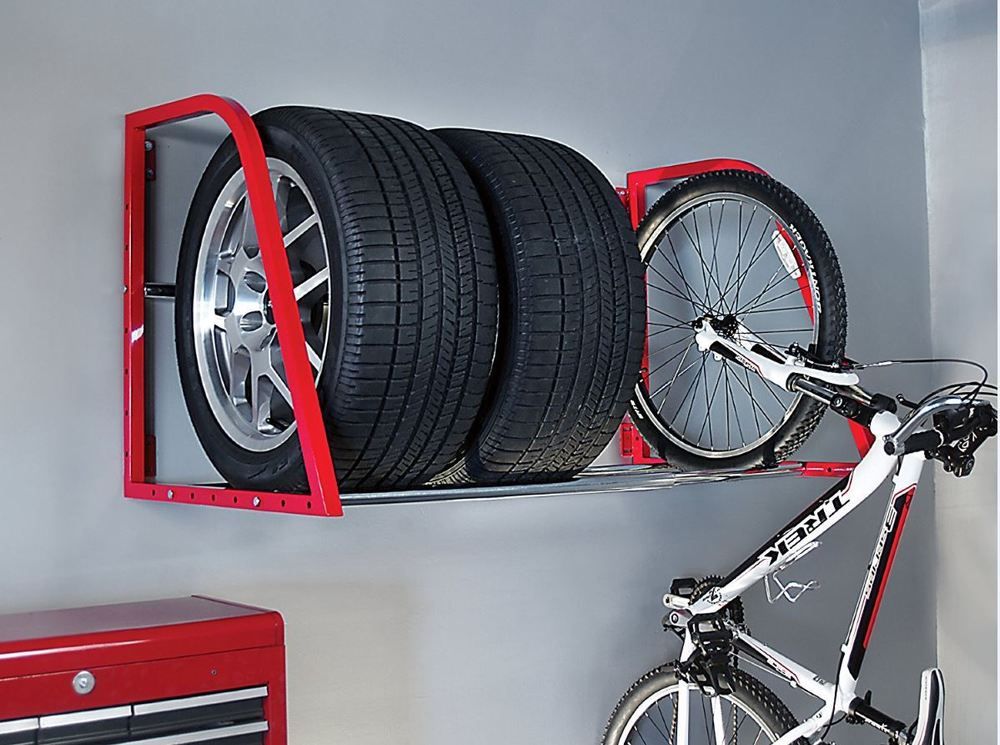
Some argue that UV rays are the biggest factor in tire aging. Direct sunlight can heat the rubber and cause premature deterioration. The UV rays penetrate the rubber, dry it out, and eventually breakdown the rubber compounds. The best way to keep tires from dry rotting is to limit sun exposure whenever possible.
Find a cool and dry environment to keep your tires. You want to locate a place where the temperature and humidity remain consistent throughout the duration.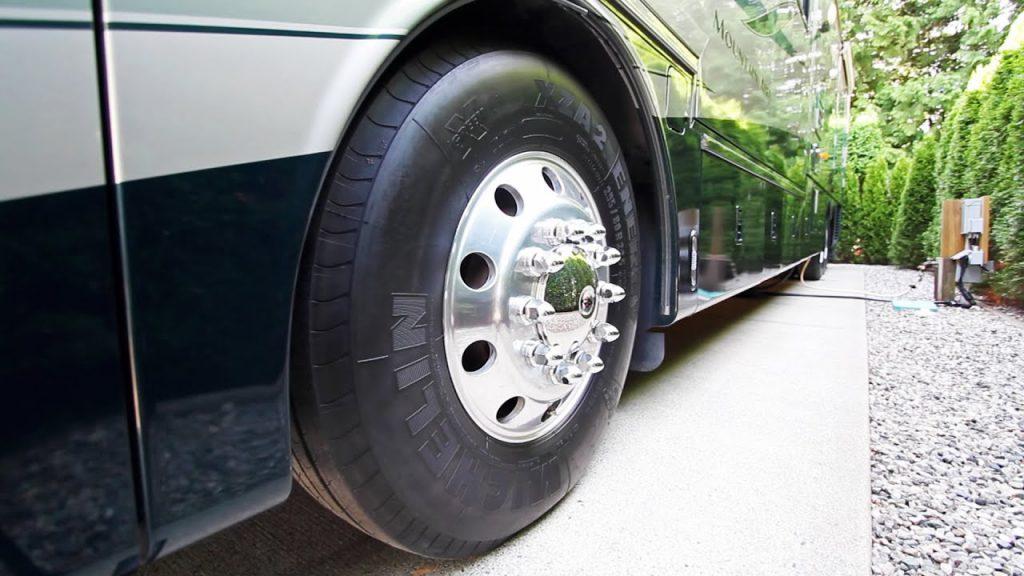 Dips or hikes in either of these can result in premature tire aging. Storing tires in a consistently warm environment is not good for the rubber, but it’s also not good to keep tires in freezing temperatures.
Dips or hikes in either of these can result in premature tire aging. Storing tires in a consistently warm environment is not good for the rubber, but it’s also not good to keep tires in freezing temperatures.
Aside from sunlight, the next leading tire deteriorator is oxygen. Some things in storage require airflow to breathe and stay in good condition. Tires, on the other hand, do better when they are vacuum sealed in plastic. An airtight space prevents oxygen from reaching the tires, slows down the oxidation process, and prevents the oil from evaporating and drying out the tires. Remember to wrap each tire individually for the best results.
Remember to wrap each tire individually for the best results.
Once you have a storage location, it’s important to store tires correctly. Stacking tires or hanging them can cause deformities if they aren’t moved around every so often. However, sometimes you might be forced to stack tires horizontally due to space constraints. If possible, consider the following suggestions for how to store tires.
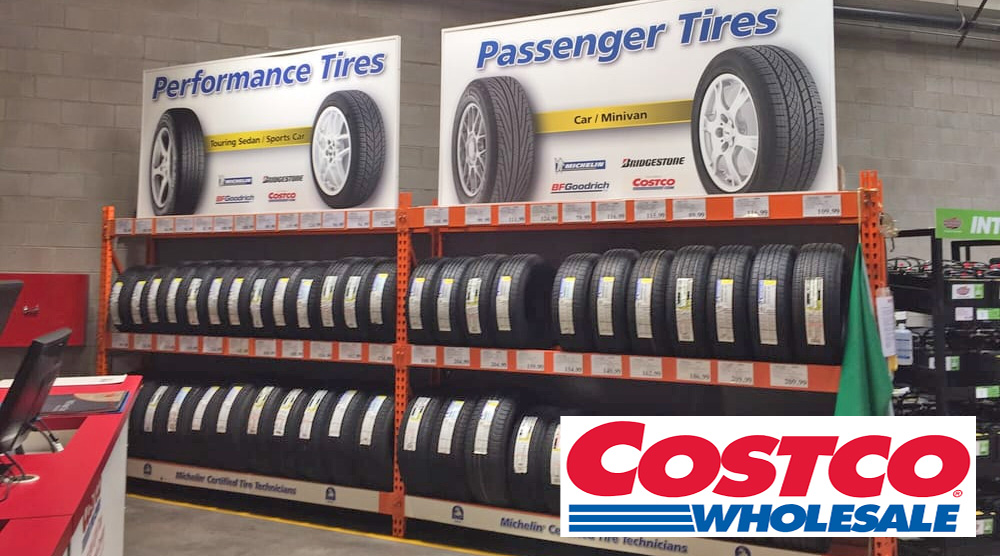
If you are storing a car for more than a couple months, consider removing the tires from the car completely. Leaving the tires on the car can cause flat spotting. If you can’t remove the tires, at the very least be sure to take the car for a ride every few months so that the tires get some use. Tires do best in service because movement keeps oil evenly distributed in the rubber, which helps prevent it from drying out.
Tires can last for several years in storage if they are stored in the right conditions. However, many tire experts recommend replacing tires six years after their production date regardless of the tread. Old tires can be compromised in other ways when the rubber compound breaks down.
To give you another perspective, it’s like the difference between a brand new rubber band and one that’s been sitting in your desk for years. When you take your tires out of storage, make sure you look for signs of wear and check the date. If you are unfamiliar with what dry rot or crazing looks like, have a tire professional give your tires a once over.
We hope this tire storage guide taught you how to store tires with care. Make sure you keep yourself safe by following all the manufacturer recommendations and have your tires serviced at appropriate intervals.
Lauren Thomann has written about self storage and moving since 2015, making her our storage expert.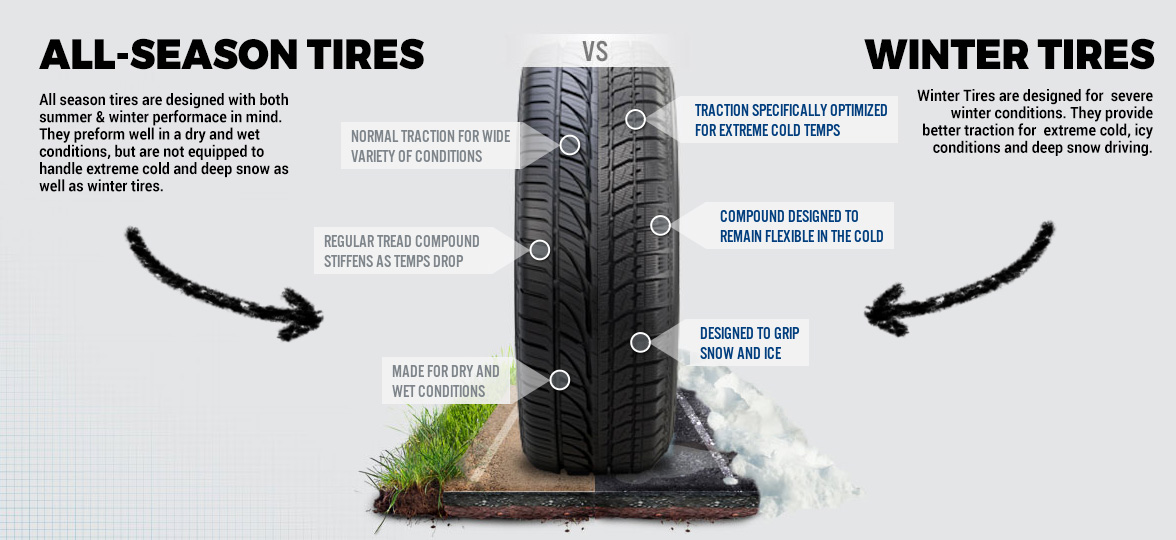 She earned a Bachelor’s degree in English and Linguistics and has published over 150 articles on moving, storage, and home organization. She is also a contributing writer at The Spruce and Martha Stewart.
She earned a Bachelor’s degree in English and Linguistics and has published over 150 articles on moving, storage, and home organization. She is also a contributing writer at The Spruce and Martha Stewart.
Typically, when you purchase a tire, you use it right away. However, sometimes a situation arises where you need to store a tire or four.
Surprisingly, tires often wear down faster when they are stored than when they are regularly used. Of course, how you store them affects their longevity substantially.
Take a look below to find out how long tires typically last in storage, and what you can do to make them last even longer.
Tires can last for up to six years in storage when stored properly. However, it is recommended to never use a tire that is over six years old, even if it has never been used or has been in storage. Additionally, if storing tires, ensure they are put away in a cool, dry, and dark space away from the sun to prevent cracking.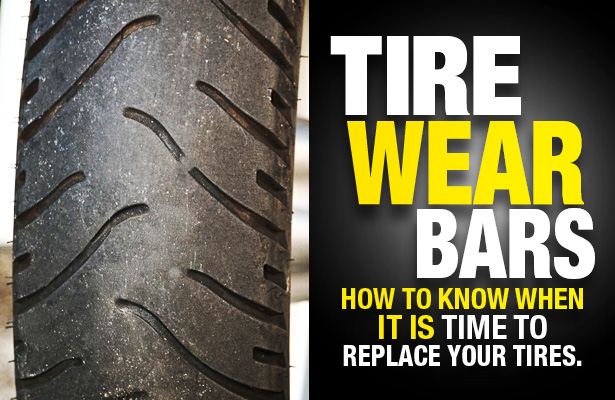
The way you store a tire, as well as the location, all have a significant impact on the tire’s longevity. Keep reading below to help make the most of your tire’s lifespan.
Technically, when stored in the right conditions, tires can last forever. However, this longevity requires a climate-controlled warehouse, which most people do not have access to.
With that said, most tires will not last this long when stored. The rubber will dry up eventually, leading to the tire being unusable.
Generally, the rule is that you have to replace the tire within six years from the manufacturer date – no matter how long it has actually been on the road.
However, this isn’t always accurate. Oftentimes, tires will perform past this if they are stored properly.
In many cases, most tires can function just fine ten years after manufacture – as long as they haven’t been on the road for longer than six years.
Of course, shelf life varies considerably from tire to tire. All tires will go bad eventually when set in storage. Predicting when this will occur is much more difficult to figure out.
All tires will go bad eventually when set in storage. Predicting when this will occur is much more difficult to figure out.
In reality, it depends on how they were stored and the type of tire. Those stored in climate-controlled warehouses will likely still be functional after ten years. In fact, you’ll likely be unable to tell that they are ten years old at all.
However, if they were simply stored in a garage, it is doubtful that they will still be good at this point. Most garages are not appropriate for the storage of tires. In most cases, they’ll be able to work for a year or two, but that’s it.
Furthermore, tires stored outside are even worse off. For instance, the sun alone can do a lot of damage to a tire. If you leave a tire sitting out where the sub reaches it, the rubber on the upward-facing side will quickly dry out.
For this reason, we don’t recommend leaving tires out for very long. In fact, I recommend that you never use a tire that’s been sitting outside. Sometimes, the damage from the UV rays can be hidden, but still affect the safety of the tire.
Sometimes, the damage from the UV rays can be hidden, but still affect the safety of the tire.
If you must store tires outside, then cover them with a thick, UV-protective tarp. Of course, this only protects them from the sun’s rays, not from other elements.
No tires left outside will last for ten years, even if you cover them with a tarp.
Before storage, the tire should be cleaned thoroughly. Dirt and debris left on the tire can cause problems in the long run, leading to excessive wear and tear. In some cases, dirt can even lead to rot.
When storing the tire, you should be very careful to keep it out of the sun. As you might guess, the sun can do a number on a tire’s rubber. In many cases, the sun may be able to quickly damage the rubber and cause cracks.
Preferably, the tires should be stored in a cool, dark environment. In many cases, basements are a popular choice, but you should be sure that the area is dry.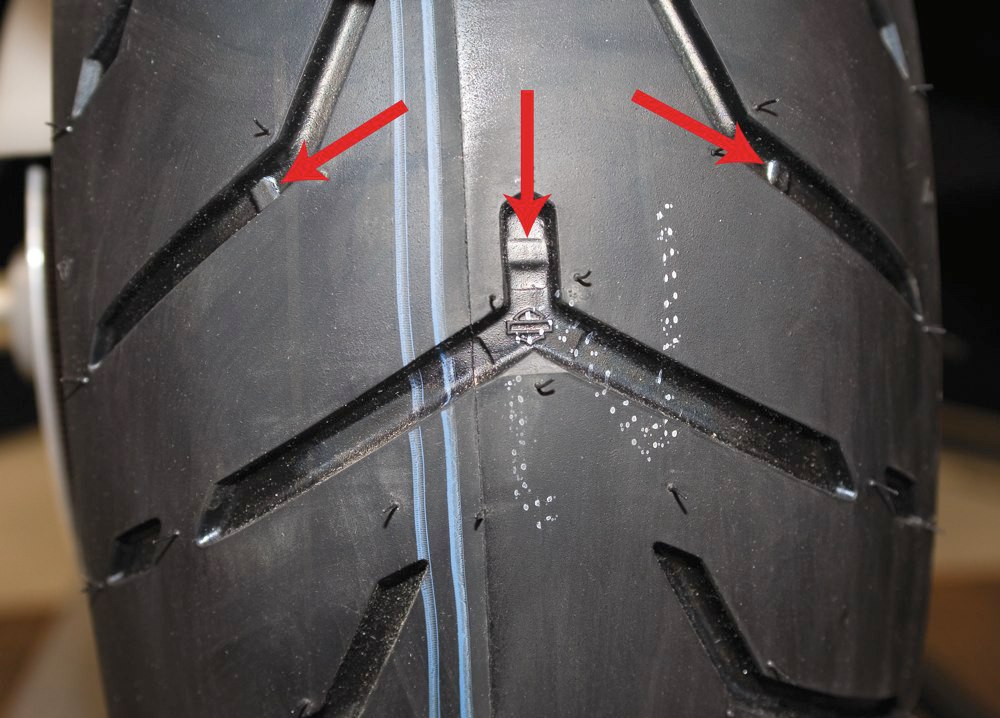
Usually, the garage is not an appropriate place to store the tire.
Besides sunlight and water, oxygen can also deteriorate a tire. Therefore, I recommend storing the tire in an airtight plastic bag. Plus, this bag will also help keep the tire safe from water.
Technically, tires stored away are only good for six years. At this time, it is highly suggested that you no longer use them.
In many cases, tires stored through conventional means will no longer be usable at this point. Usually, the elements and sun have worn them down substantially by this point. In fact, tires stored may be worse off than tires that were actively being used.
However, other tires may be used fine for a few years past six years. For instance, those stored in climate-controlled areas are typically fine until closer to ten years.
With that said, it’s ten years in total. You can’t slap a 10-year tire on a car and expect it to be fine.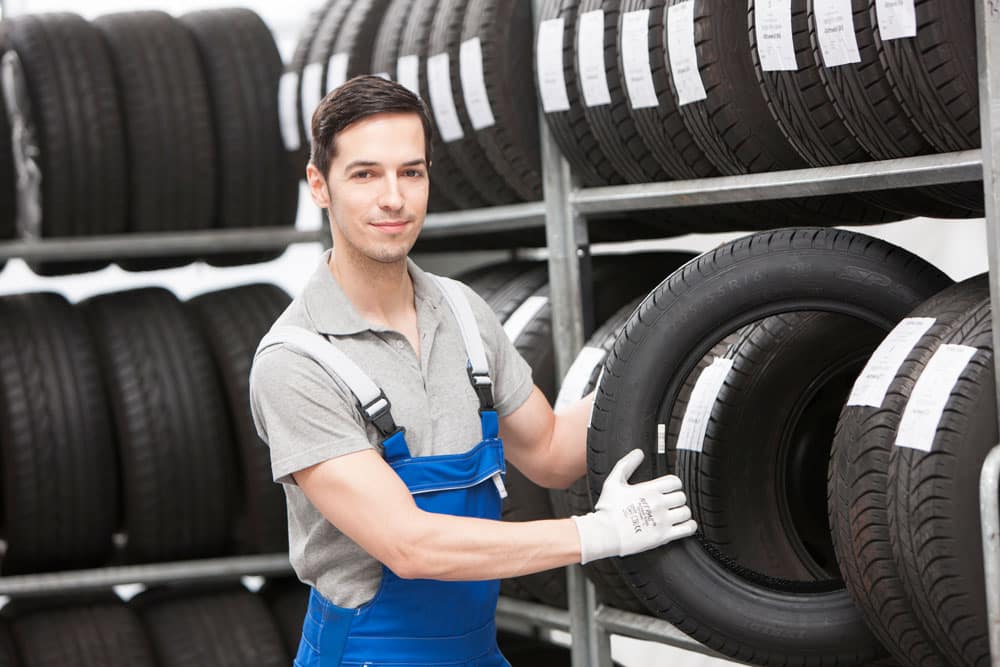 At that point, the tire is far too old to function correctly.
At that point, the tire is far too old to function correctly.
But you may be able to get away with putting a six-year-old tire on a car and then using it for three years longer than you would otherwise.
With all that said, there is a huge difference between having a tire in storage and simply setting it beside your house. If you’ve carefully stored it away, you may be able to stretch its lifespan to ten years.
Otherwise, the tire’s lifespan will likely be shorter than one in use.
After storage, you should always carefully look at your tires to ensure that they are not damaged. In other words, you can’t simply go off the age; you need to take the tire’s condition into account too.
Some old tires will be obviously old. The rubber may be cracked or distorted, especially if it was left outside in the sun. In these cases, the tire is obviously not safe to use.
Even if a quick first look doesn’t reveal any defects, a closer inspection may.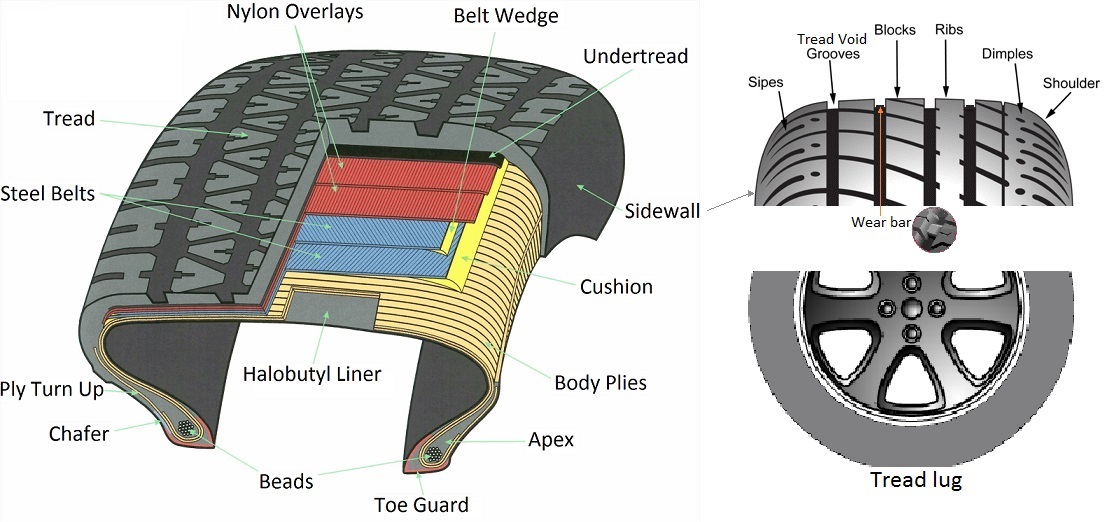 Cracks, splits, and bumps can be very tiny, but they do indicate that the tire is not safe for use.
Cracks, splits, and bumps can be very tiny, but they do indicate that the tire is not safe for use.
You can check the last four digits of the DOT code to tell you the week and year the tire was manufactured. However, as we stated, age isn’t always a good indicator of the safety of the tire.
Furthermore, you should also consider your climate. In hotter areas, your stored tire will probably age faster. Weather fluctuations are not nice to a tire, especially when it isn’t being driven properly.
Depending on the storage solution you’re using, stored tires may actually age faster than those regularly used.
If you are looking to learn more, you can also see our posts on how long do spare tires last, why do new tires have hairs, how long golf cart tires last, how long RV tires last, and how long do Bridgestone tires last.
Consumer disputes over the age of tires have not subsided for several seasons.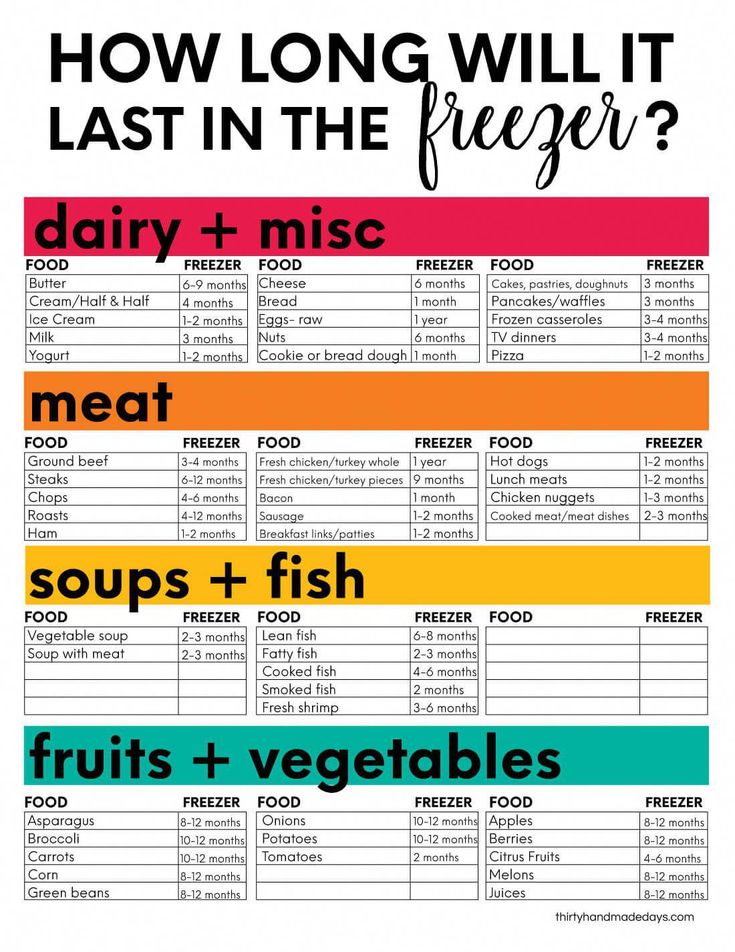 Buyers are excited that the warranty period for tires is limited to 5-6 years according to GOST, and after the expiration of this period, the rubber becomes unusable.
Buyers are excited that the warranty period for tires is limited to 5-6 years according to GOST, and after the expiration of this period, the rubber becomes unusable.
Is this really the case, read this article.
Manufacturers of most brands on their products set Shelf life is 5 years and service life is also 5 years .
The shelf life of a tire is the period during which it retains its performance when properly stored.
The end of this period does not mean that the tires have become unusable . A shelf life of 5 years is given by manufacturers because, by law, they cannot set a shelf life higher than the service life. Tires over 5 years of storage cannot be called damaged or defective, their technical characteristics may be slightly reduced. American researchers argue that the period of storage of "shoes" must be at least 10 years. Experts from Germany are sure that it cannot exceed 6 years.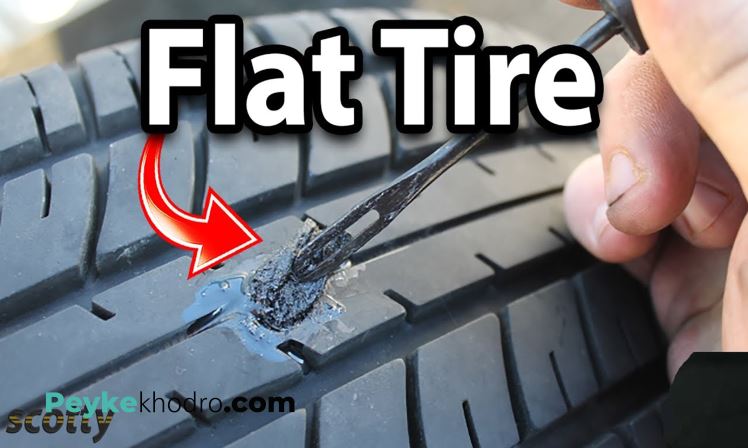
The expiration date of tires is the warranty period during which the manufacturer is responsible for the quality and condition of the tire if it was used for its intended purpose without violating the operating rules.
According to Russian legislation (GOST 5513, GOST 4754-97) , the service life of tires is 5 years from the date of manufacture.
How can I find out the date of manufacture of tires?
You can find out the age of tires by a special DOT code. Tires manufactured after 2000 in the DOT code contain two pairs of numbers, where the first pair indicates the week number of the year, and the second pair indicates the year. Earlier tires before 2000 have 3 numbers in their composition, where the first two digits are the week number, and the last one is the year (see the transcript in the photo).
Determination of the average shelf life of a tire according to GOST and operating conditions.
- The symbol ZR denotes tires for high-speed cars. They are recommended to be used at speeds over 240 km/h. up to 6 years
- Tires with the H symbol are used at a maximum speed of 210 km/h. within 5 years.
- The sign S symbolizes the maximum permissible speed of 180 km/h. and operational period of 4-5 years.
Most tire manufacturers do not agree that tire life is limited to 5 years. Each company has its own opinion on this matter. We analyzed several of them and the information they posted on their official websites.
Michelin
The French tire manufacturer Michelin has become famous for its active fight against the perception of the rapid aging of tires as a perishable product. Her information campaign "Tires Are Not Bananas" created a lot of noise in the automotive environment. According to the representative office, several test trials were carried out in Saudi Arabia, South Korea and Germany. As a result of testing, no difference was found between new tires and tires stored for 3 years. They were tested for various characteristics such as rolling resistance, high speed durability, etc. Tires with a year life were approximately equal in performance to 10-year unused tyres.
As a result of testing, no difference was found between new tires and tires stored for 3 years. They were tested for various characteristics such as rolling resistance, high speed durability, etc. Tires with a year life were approximately equal in performance to 10-year unused tyres.
Michelin focuses the attention of car owners on the fact that tires are not a perishable product, their shelf life is not as important as the service life is important, starting from the date the tires are installed on the rims. It is from this moment that the tire is subjected to all tests: pressure, temperature changes, wear, contact with uneven and sharp coatings, etc.
Continental
On the Russian official website of Continental, we found the following information on the expiration dates of tires.
“When a tire is stored in the correct position and under the recommended conditions, it will not lose its original balanced performance for 5 years from the date of manufacture of the tire.
A properly maintained, unused tire less than 5 years old can be sold as a new tire and used normally.
Continental recommends replacing all tires (including spares) with a sidewall date greater than 10 years.
Nokian
The following information is posted on the Nokian official website:
“Tire life is not defined by law, but tires can only be considered “new” if they have been manufactured within the last five years. The recommended service life of tires is six years and the recommended maximum period is 10 years.
The opinion of our specialists, based on many years of experience, coincides with the opinion of manufacturers: the shelf life is 5 years + the service life is up to 10 years. Moreover, more "adult" tires, in our opinion, are of better quality.
To keep tires as long as possible, they are stored in compliance with all rules and recommendations. The main condition is a cool, ventilated, darkened room away from oils, paints, ozone, and heat sources.
Rubber products tend to lose their performance over the years. To prevent and slow down this process, manufacturers add polymers to the rubber compound. They prevent oxidative processes that occur due to the interaction of protectors with oxygen and ozone.
The following are the main conditions for the proper storage of tires in accordance with GOST 24779-81:
Maintaining a constant regime without sudden jumps, slight temperature fluctuations from -30°С to +35°С are allowed;
Provide a low humidity level of 50-80% in a dry, ventilated cool room;
Avoid direct sunlight, use darkened hangars, shield heat sources;
Keep away from sources of heat;
Tires should not come into contact with corrosive, copper materials.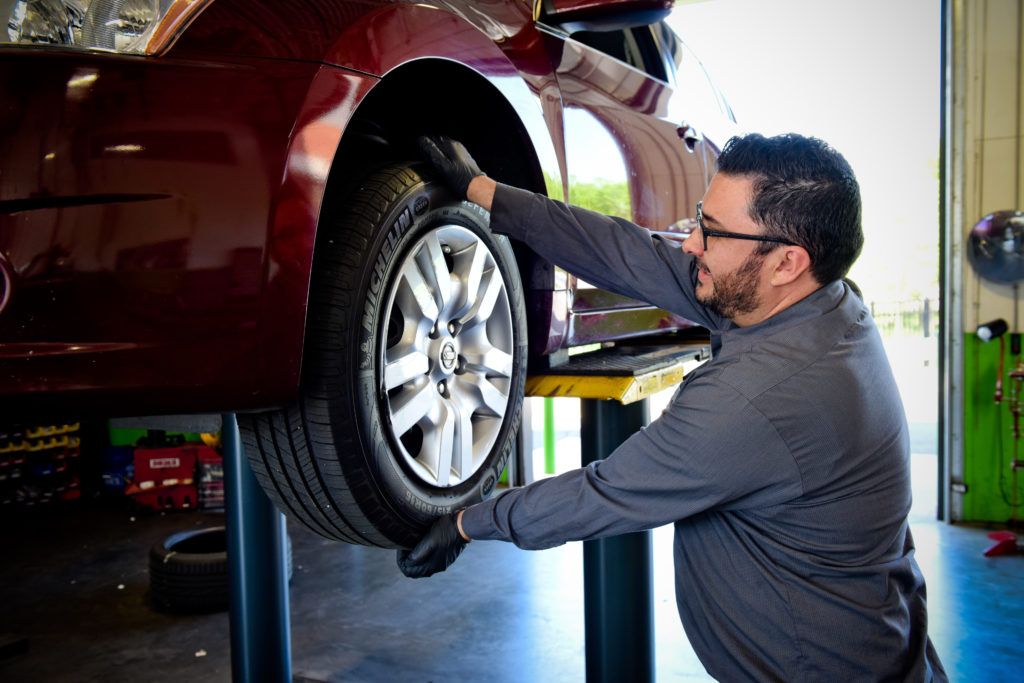
Avoid kinking, loading or positioning on an uneven surface.
Avoid contact with oils, organic solvents, acids, alkalis, fuels and lubricants on the tire surface. It is forbidden to lay tires on a wet and dirty surface.
In the warm season, when storing tires outside, they should be covered with light-tight material and raised above ground level to ensure ventilation and prevent the occurrence of the greenhouse effect.
Storage on reflective, light and heat absorbing surfaces is prohibited.
Keep away from chemicals, oils, paints, open flames, electric motors that produce ozone.
Used tires must be washed and dried.
Tires without rims should be stored upright.
The service life depends on many factors: the load on the car, the quality of the roads, the driving style, the distance traveled, tire damage, etc.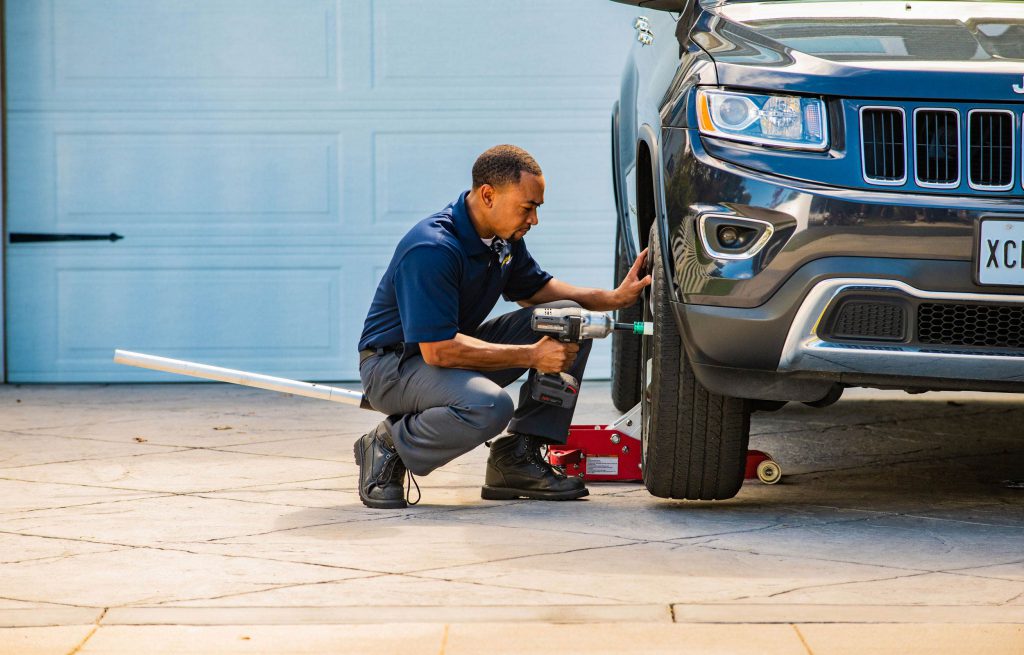 To increase their service life, follow these rules:
To increase their service life, follow these rules:
Check tire pressure every 2-3 weeks. With reduced pressure, tire wear increases by the equivalent of a % reduction. For example, a 15% reduction in pressure can result in a 15% reduction in service life. Inflated tires are less scary.
The wear of the front tires is always significantly higher than the rear ones, so it is recommended to swap them after some time, carefully watching the direction of the tread pattern and the direction of rotation.
Proper alignment of tires in relation to rims. If the direction is not the same, then performance is significantly reduced.
To prevent damage to the sidewalls of tires, avoid close proximity to curbs and high ledges.
Wash off dirt from the surface of the rubber and from deep grooves with special cleaning agents.
Adhere to an even driving style without harsh brakes and quick starts.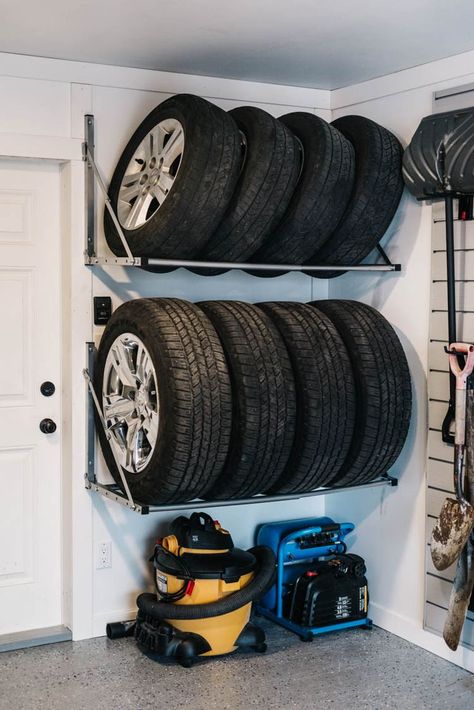
Do not overload the car beyond the norm. 20% excess weight leads to a 30% loss of tire life.
Keep the wheels balanced and check the alignment angles annually.
The main condition for a long tire life is:
- high quality products,
- careful operation,
- proper storage of tires in the off-season,
- timely diagnosis.
The age of tires in standard storage is a minor non-determining factor that should not be taken into account when buying them.
Previous article Next article
(
Updated:
27/07/2020
)
Contents of article
The tires on the car are changed twice a year if the driver does not use all-season models.
With the onset of the first frosts, winter tires are installed, and closer to April-May, summer tires are installed. The entire period when one set is in operation, unused tires for the car must be properly stored. This is necessary so that they serve more than one season.
There are several rules for storing rubber on disks and without them. For example, Russian GOST establishes that tires can be stored at temperatures from -30 to +35 degrees Celsius. The main nuance is not to place tires near the elements of heating systems. There are a lot of requirements for storage conditions in GOST R54266-2010. But all this looks good on paper, but how is it in reality?
First of all, the driver needs to decide where to store the tires for the car. General recommendations are as follows: it is desirable to prepare a dark, dry and clean room. As we already know, moderate frost does not harm tires.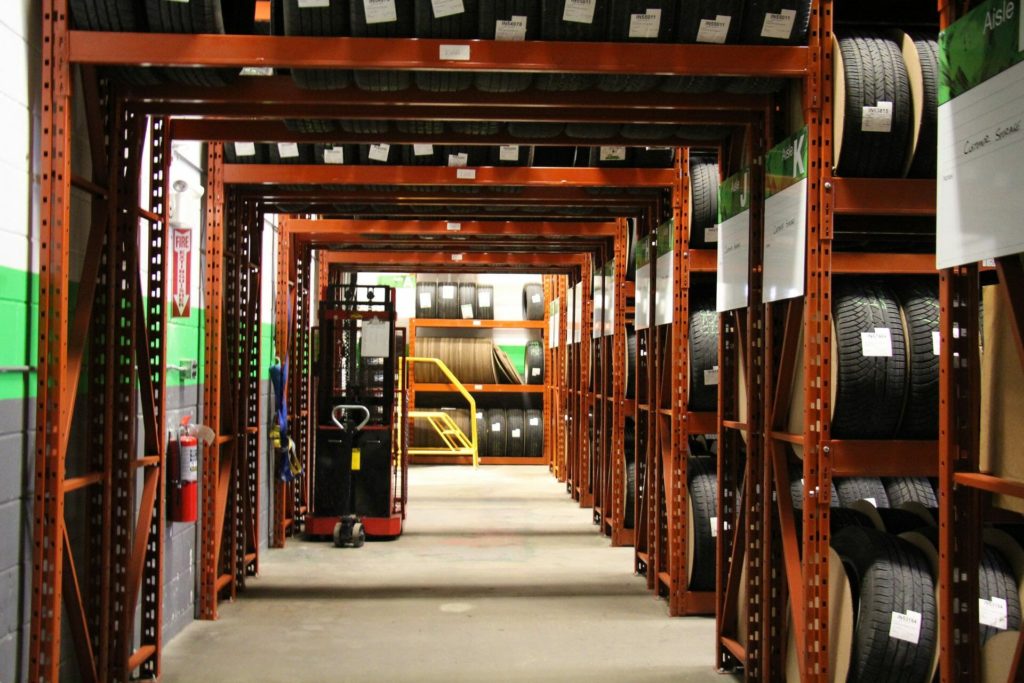 The main enemy is ultraviolet. If tires in a warehouse or at home absorb directional sunlight, then expect trouble. Tires will quickly lose elasticity and begin to crack. It will be unsafe to operate such rubber on a car.
The main enemy is ultraviolet. If tires in a warehouse or at home absorb directional sunlight, then expect trouble. Tires will quickly lose elasticity and begin to crack. It will be unsafe to operate such rubber on a car.
Another important rule - do not store dirty tires. First, dirt contributes to the rapid aging of the tire. Secondly, stones, nails, glass and other foreign objects may remain in the tread. It is advisable to remove them before sending car tires for storage. In addition, cuts, hernias and other defects are better visible on clean rubber.
Having created optimal storage conditions for tires without rims, you should learn the most important rule: how to store tires. The only sure way is to keep standing. Do not hang up, as this will lead to deformation of tires without rims. The same will happen if stacked - the lowest tire will deform under the weight of others.
Choose a storage location:
 You can store the wheels on the balcony. Of course, this is not the best option, but if all conditions are created, why not. The balcony must be glazed. It is good if there are blinds for protection from ultraviolet radiation. But we recommend to play it safe and put the wheels on the balcony in special sun covers.
You can store the wheels on the balcony. Of course, this is not the best option, but if all conditions are created, why not. The balcony must be glazed. It is good if there are blinds for protection from ultraviolet radiation. But we recommend to play it safe and put the wheels on the balcony in special sun covers. 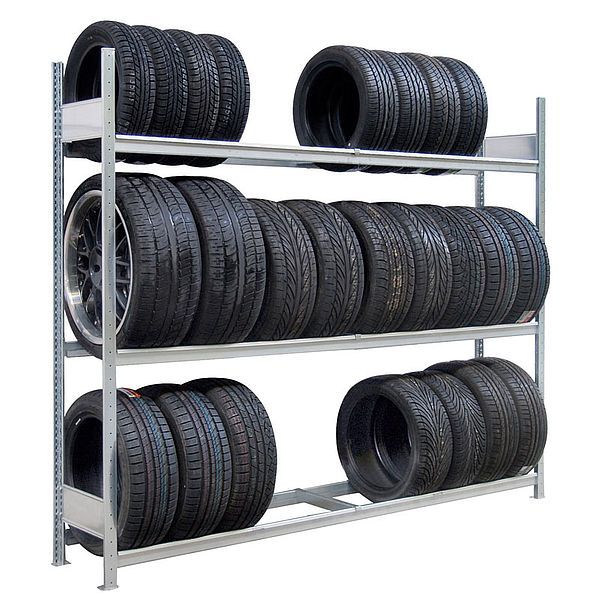 You simply remove tires from your car in winter or summer and deposit them with professionals for a fee.
You simply remove tires from your car in winter or summer and deposit them with professionals for a fee. The complete wheels also need to be properly stored so that they can be used without problems in winter or summer on your car. Note that the storage conditions for tires with and without rims are similar. Tires should be protected from ultraviolet radiation using dark rooms or special sun protection covers. The only difference is the storage methods. Wheels as an assembly can be placed in a stack (lying down) or suspended, it is impossible to set. Another caveat - the car tire should be well ventilated. If it is packed tightly, then condensation will form in the case, which will lead to corrosion of the stamped discs.
Summer Drive Protection Sound Comfort
Rating:
4. 5
5
Tires Goodyear Eagle F1 Asymmetric 3 SUV
Summer Drive protection
Rating:
4.5
Tires Goodyear Eagle Sport TZ
Summer Drive protection
Rating:
4.5
Tires Goodyear EfficientGrip 2 SUV
Summer Drive Protection Run On Flat
Rating:
4.5
Tires Goodyear EfficientGrip Performance
Winter Drive protection
Tires Goodyear UltraGrip Arctic 2 SUV
Winter Drive Protection Sound Comfort
Rating:
4.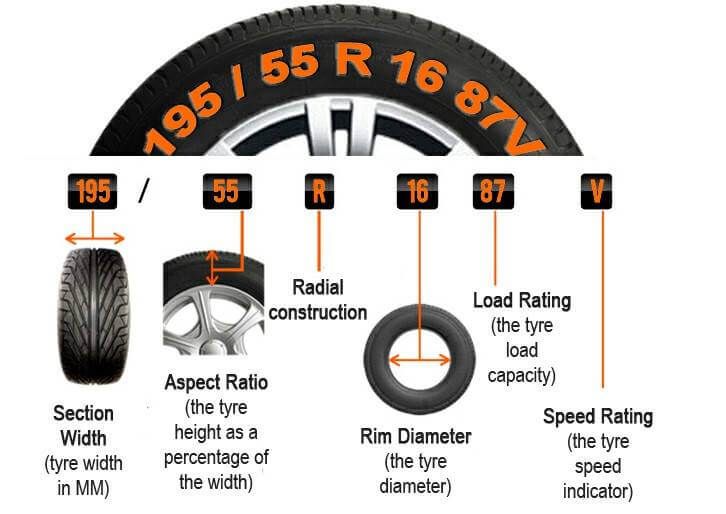 5
5
Tires Goodyear UltraGrip Ice 2
Winter Drive Protection Sound Comfort
Rating:
4.5
Tires Goodyear UltraGrip Ice SUV
Winter Drive protection
Tires Goodyear UltraGrip Performance+ SUV
All season Drive protection
Rating:
5
Tires Goodyear Vector 4Seasons Gen-3 SUV
Summer Drive Protection Run On Flat
Rating:
4
Tires Goodyear Wrangler HP All Weather
All season Drive protection
Rating:
4. 5
5
Tires Goodyear Vector 4Seasons
Summer
Rating:
4.5
Tires Goodyear Wrangler All-Terrain Adventure with Kevlar
Summer Drive protection
Rating:
4.5
Tires Goodyear EfficientGrip SUV
Summer Drive Protection Run On Flat
Rating:
4
Tires Goodyear Eagle F1 Asymmetric SUV
Consider the basic principles of how to properly store winter tires:
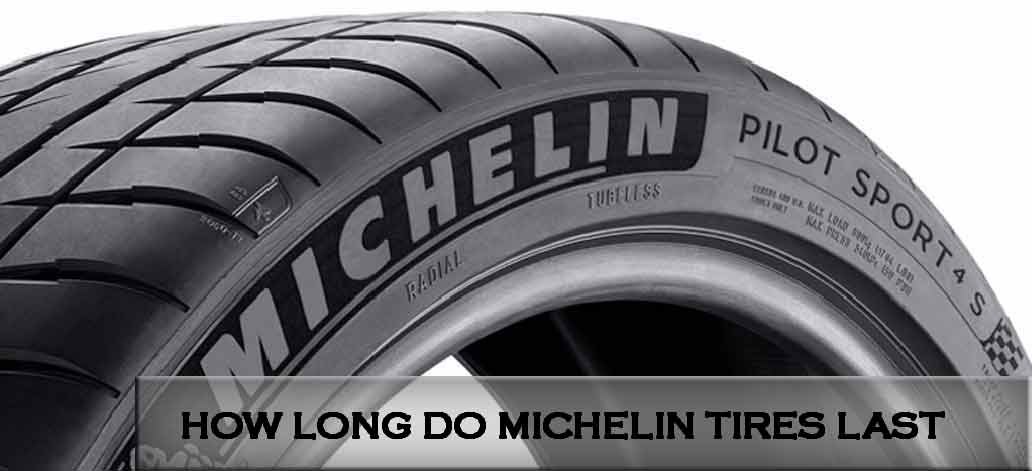 5 atm;
5 atm; How to store summer tires:
Instead of a house or garage, you can store wheels in a warehouse. This can be a specialized tire center (hotel) or a separate room in a car service. Accordingly, a certain fee is charged for the seasonal storage service. The tire hotel has all the conditions to properly store tires and wheels as a whole.